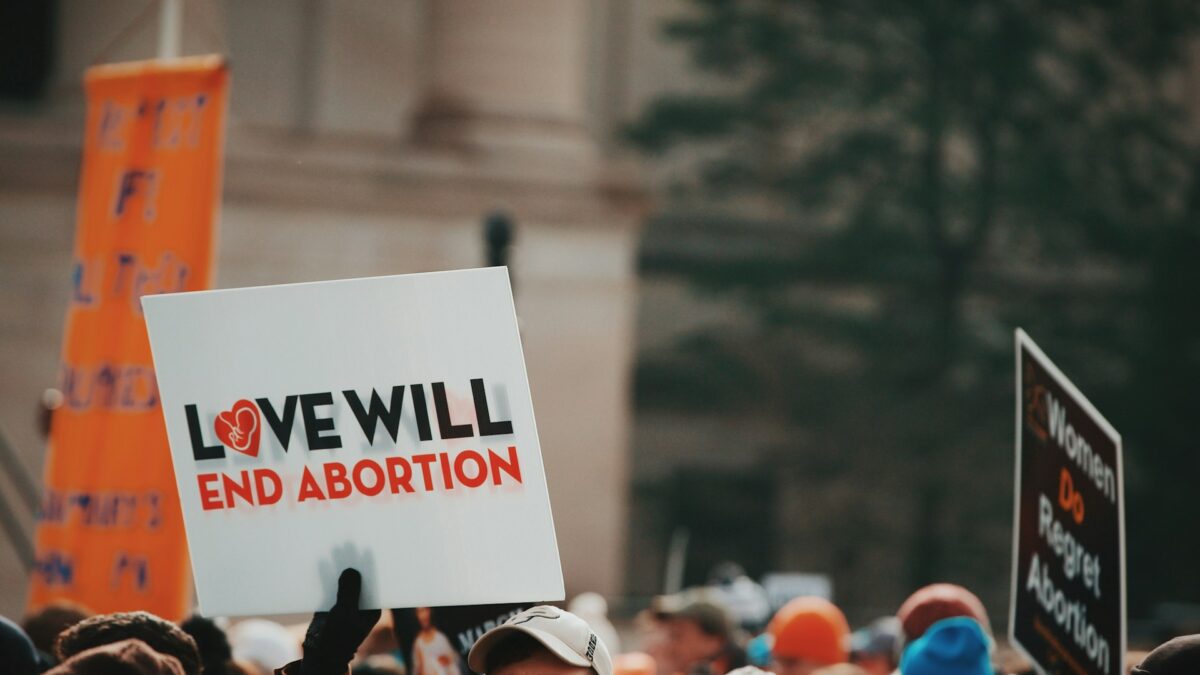Since Dobbs v. Jackson was decided in June 2022, commentators and analysts have repeatedly blamed abortion for virtually every GOP loss at every level of government. It’s a pretty remarkable theory: that abortion bans in a minority of states would propel tens of millions of people to put abortion at the center of their voting habits, and that suddenly they would care much less about the economy, national security, and education than they did before Dobbs.
Yet we are told that this theory is a certainty, and that the evidence speaks for itself. This is coming from many of the same sources who predicted that Trump would lose in 2016 and that the Republicans would sweep in 2022. The GOP should ignore these voices and instead look at the most relevant data.
The first set of data to consider is governor races. Governors have the ultimate authority to approve or veto abortion bans. If a majority of voters in a state are truly concerned about keeping abortion legal, then governors who ban abortion should expect to struggle for reelection. Since Dobbs however, that has not been the case. Eleven GOP governors were up for reelection in 2022 after having signed an abortion ban, including three governors from states that voted twice for Obama and one from a state that voted for Biden. All eleven of them won reelection, and none of the races were very close.
Ohio voted for Obama twice, yet Gov. Mike DeWine won reelection there by an astounding 25 percent after having signed a heartbeat ban into law. Iowa also voted for Obama twice, and Gov. Kim Reynolds won by 18 percent after signing a six-week ban. Florida voted for Obama twice as well, yet Gov. Ron DeSantis won reelection by 19 percent after signing a 15-week ban. Florida voters also gave Gov. DeSantis a supermajority in the state houses, which he used to sign a six-week ban after the election. This was a massive improvement over DeSantis’ 0.4 percent margin of victory in 2018.
Georgia’s gubernatorial election deals perhaps the largest blow to the theory of abortion as an albatross around the GOP’s neck. Gov. Brian Kemp won a very narrow election in 2018 by only 1.4 percent against a popular, well-funded, pro-abortion Stacy Abrams. He signed a then-unenforceable six-week abortion ban in 2019, and the following year Georgia voted for President Biden. However, after Dobbs allowed Kemp’s ban to take effect, Georgia voters were so unbothered by his ban that in his 2022 rematch with Abrams, his margin of victory increased to a far more comfortable 7.5 percent.
The overall election results and exit polls show that 2022 was largely a pocketbook election. It is true that young women, who statistically support legal abortion, voted very strongly for the Democrats. It is also true that women hold nearly 65 percent of the nation’s student loan debt, and most of these women are young.
President Biden signed an executive order to give student debt holders $10,000 to $20,000 in relief just weeks before mail-in voting started. College-educated voters would have known that receiving this forgiveness would hinge on the Supreme Court approving the order, and that a Democrat Senate would be needed in case one or more of the Supreme Court seats became vacant while the case was pending. They also knew that if the courts overturned the student debt relief, then larger Democratic majorities in the House and Senate would be needed for President Biden to sign relief legislation to replace his overturned executive order. Young female voters stood to benefit financially from a Democrat victory in the midterms, so a strong pocketbook reason existed for them to flock toward the Democrat candidates.
Outside of the young female voter demographic, the financial concerns differed greatly. The CPI annual Inflation for September 2022 was 8.2 percent, compared to a mere 5.0 percent growth in hourly wages in the same 12-month period. By the time that mail-in voting started, most voters had just spent 12 months watching the Democrats pass huge spending bills, and saw the value of their paycheck shrinking. A majority of voters then chose Republicans for Congress, putting an end to the Democrat’s spending spree. This post-Dobbs midterm was actually the first time in eight years that the GOP received over 50 percent of the popular vote.
The evidence therefore points far more toward 2022 being a pocket-book election. Most voters felt they would benefit financially if the GOP won, and a majority of them voted for the GOP. But a significant minority of voters stood to receive massive financial aid if the Democrats won, and they voted Democrat. Lastly, in four moderate swing states that have supported both Republican and Democratic presidential candidates in recent elections, the abortion-banning Republican governors won easily.
Democrats and their media allies are pretending that millions of college-educated voters attempting to collect loan forgiveness was actually pro-abortion backlash. The GOP must not fall for this deception. Sixty percent of Republican voters believe that abortion should be illegal in all or most circumstances. The party needs this segment of the base and should reject all calls from the “experts” to liberalize on abortion. Such a move would be exactly the kind of catastrophic GOP blunder that the Democrats and propaganda media outlets are hoping for.









